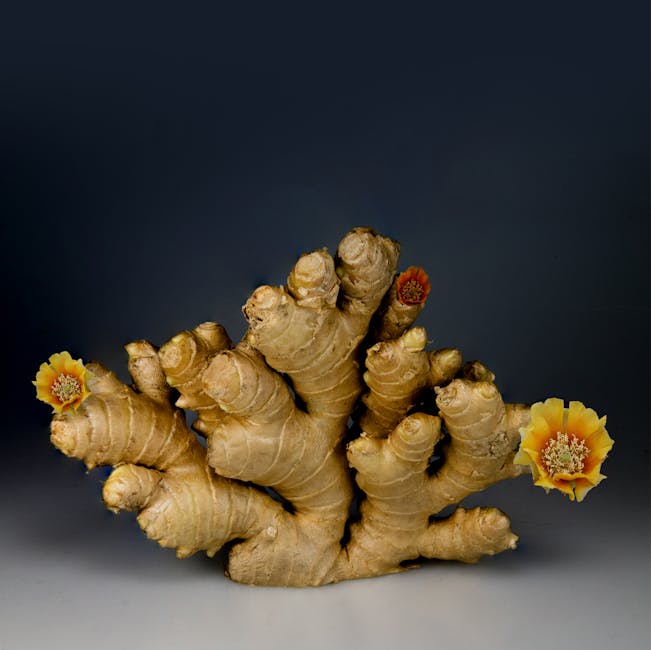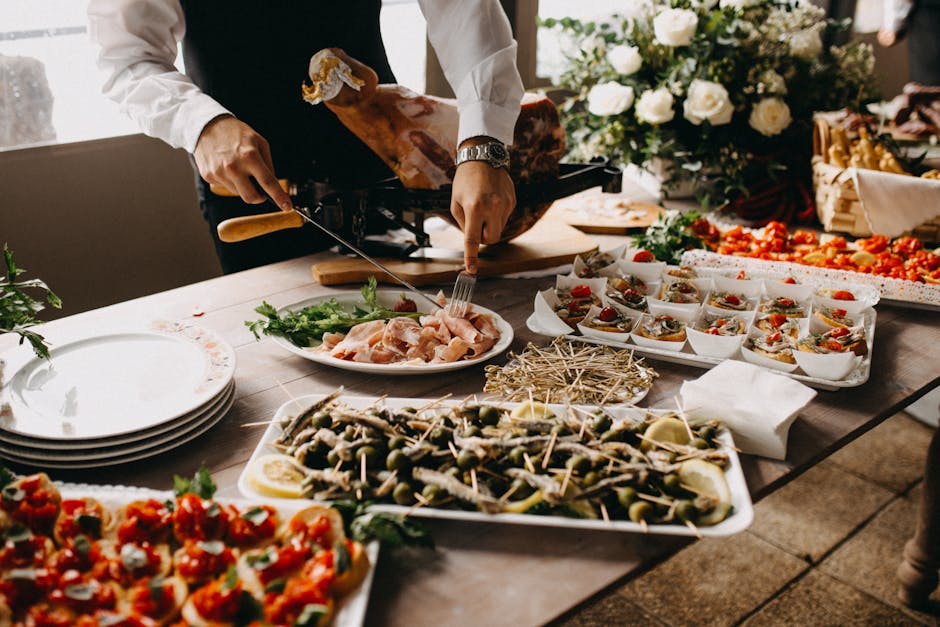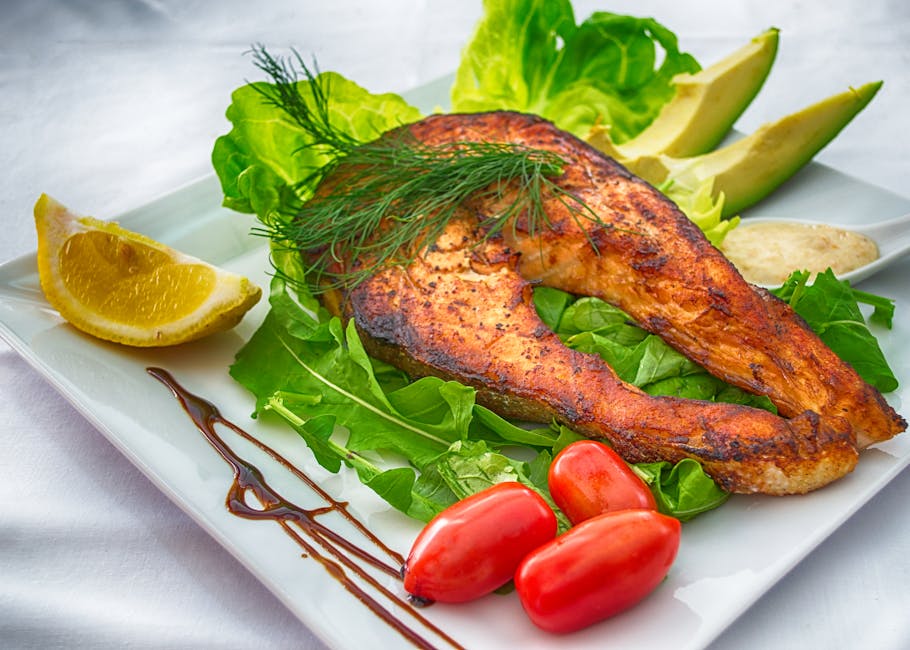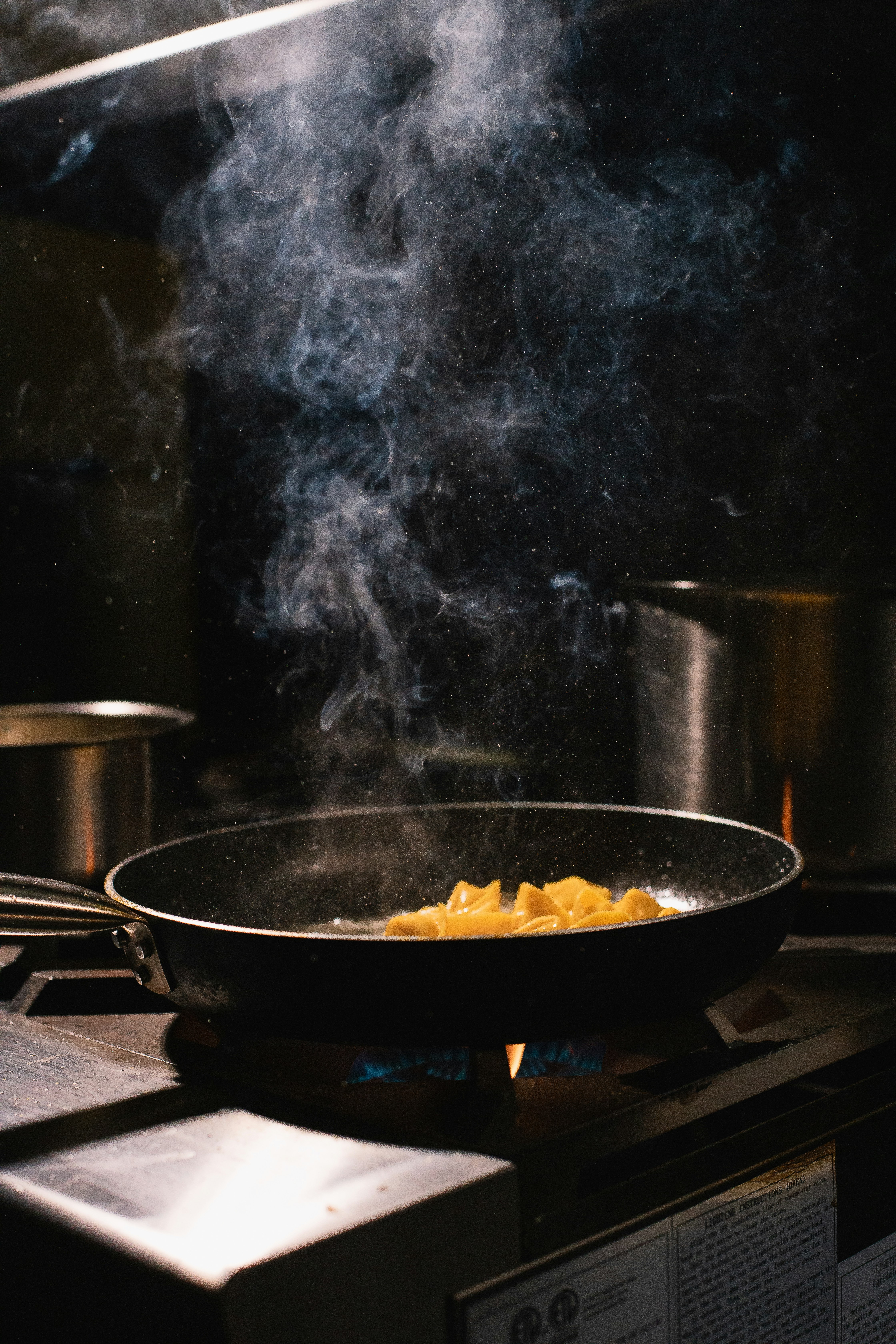Plant-Based Potpourri: Enhance Flavors with Edible Flowers
Are you searching for creative ways to brighten up your meals? Dive into the world of edible flowers and culinary herbs, where the vibrant colors and aromatic flavors can truly transform your dishes. Welcome to "Plant-Based Potpourri," a culinary adventure that elevates your cooking by intertwining visual flair and natural essences. Whether you’re trying to make a simple salad pop or crafting an intricate dessert that surprises your guests, edible flowers and herbs are your secret weapons.
The New Wave of Plant-Based Cooking

In recent years, plant-based cooking has steadily gained traction, not just as a dietary choice but as a lifestyle that emphasizes sustainability and creativity in the kitchen. With consumers increasingly seeking fresh, organic ingredients, the incorporation of edible flowers and culinary herbs has emerged as a popular trend. These elements not only enhance the visual appeal of dishes but also contribute unique flavors that can elevate even the most straightforward recipes. Imagine a colorful salad adorned with nasturtiums or a dessert garnished with lavender—these additions invite a symphony of tastes to the palate while delivering a sensory experience that delights the eyes.
Why Edible Flowers?

You might be wondering, why bother with edible flowers? Beyond their aesthetic charm, they offer distinctive flavors and health benefits. Many flowers possess vitamins and antioxidants that can boost your well-being. For example, calendula petals add a peppery kick, while pansies reveal a sweet, grassy taste. Not only do they boast flavor profiles that can enhance your dishes, but they also provide a sense of connection with nature—eating with the seasons and sourcing ingredients locally whenever possible. If you’re curious about using local ingredients in cooking, don’t miss our piece on Culinary Cartography.
Pairing Flowers with Culinary Herbs

Just as we pair wines with food, combining edible flowers with culinary herbs creates a harmonious experience. The key is to balance flavors and aromas. For instance, consider the soft, sweet profile of chamomile flowers paired with the warm undertones of rosemary. This combination shines in dessert recipes, where the herbal notes complement the floral sweetness beautifully. Alternatively, lavender offers a floral watercolor that’s invigorated by citrusy basil. Experimenting with different combinations can lead you to discover unique flavor profiles that leave your guests intrigued and impressed.
Selecting the Right Edible Flowers

When integrating edible flowers into your culinary masterpieces, knowing how to choose and prepare them is crucial. Here are some key considerations:
-
Freshness: Choose flowers that are vibrant and healthy-looking, free from spots or wilting. Fresh flowers ensure that the inherent flavors and nutrients are at their peak.
-
Source: Always source your flowers from organic growers or markets that offer edible varieties. Store-bought flowers often carry pesticides that are unsafe for consumption.
-
Variety: Familiarize yourself with commonly used edible flowers like:
-
Nasturtiums: Spicy and peppery, ideal for salads.
- Chive Blossoms: Mild onion flavor, perfect in savory dishes.
- Borage: Cucumber-like taste, excellent for drinks or salads.
- Violets: Sweet and floral, add a touch of softness to desserts.
Cooking with Edible Flowers

Now that you have made the right selections, let’s dive into some delightful ways to incorporate these edible beauties into your meals.
1. Infused Oils and Vinegars

One elegant way to use flowers is to create flavored oils and vinegars. Edible flowers like rose or elderflower can infuse oils with delicate aromas, perfect for dressings or dips. Simply fill a clean glass jar with your carrier oil (like olive or grapeseed) and add the flowers. Seal the jar, store it in a cool, dark place for a couple of weeks, and your homemade infused oil is ready to impress.
2. Floral Ice Cubes

Have you ever witnessed the charm of floral ice cubes in drink presentations? It’s not only visually appealing but also an effortless way to add a touch of elegance. Use fresh flowers in ice cube trays, fill with water, and freeze. Drop these gorgeous cubes into lemonade or cocktails for that extra flair, making them a conversation starter at your next gathering.
3. Salads That Wow

For an instant boost of color and flavor, sprinkle a handful of edible flowers over fresh salads. Mixing vibrant colors like bright orange calendula petals with deep purple violets creates a visually stunning and delicious medley. Pair them with a hint of citrus dressing to intensify their popular flavors. Our article on Culinary Alchemy dives deeper into elevating your dishes with creative flavor pairings.
4. Tantalizing Dessert Twists
Edible flowers can take desserts to the next level. Think of using lavender in honey for a drizzle over ice cream or creating a delicately flavored syrup for pancakes. The floral notes harmoniously blend with flavors like vanilla and chocolate, creating a rich depth in your cakes and pastries. Showstopper desserts created with thoughtful floral accents will reveal a unique side to your dessert game.
5. Creative Garnishes
Fresh petals and herbs elevate any dish. Use a few beautiful blooms to garnish soups, curries, or grain bowls. They add texture and beauty, making the dish seem freshly picked from a garden. In the realm of culinary arts, presentation can enhance the dining experience immensely.
Beyond Taste: The Benefits of Edible Flowers
The benefits of incorporating edible flowers extend beyond flavor and aesthetics. Many edible flowers carry nutritional benefits, adding vitamins and phytonutrients to your meals. For instance, calendula is known for its antioxidant properties, while dandelions can improve digestion and provide a rich source of vitamins A and K. A simpler way to embrace wellness through your cooking can be referenced in our guide on Culinary Reflexology.
Sowing Your Healing Garden
Consider growing your own edible flower garden as a blissful hobby that can yield flavorful benefits. Flowers like nasturtiums, marigolds, and violets thrive in gardens and can be easily cultivated in pots on your balcony or windowsill. Not only can this provide an endless supply of fresh ingredients, but it also connects you with nature in a rewarding and therapeutic way.
Seasonal Cooking with Flowers
The beauty of edible flowers lies in their seasonality. Each season brings forth unique flowers, and embracing this aspect of cooking can be refreshing. For instance, try incorporating violets in spring, sunflowers in late summer, and chrysanthemums in autumn recipes. Understanding seasonal availability elevates your culinary repertoire and provides a charming way to celebrate the changing of seasons—check out tips on Seasonal Cooking for ideas to inspire your seasonal dishes.
Storage and Preservation Techniques
To maintain the integrity of your edible flowers, proper storage is crucial. If you're not using them immediately, refrigerate them in a sealed container, layered with damp paper towels to preserve moisture. For longer storage, consider drying or crystallizing flowers to keep them visually attractive for later use. Dried flowers add a beautiful flair to teas and baked goods while retaining some of their unique flavors.
Infusing Culinary Tradition with Innovation
For those who enjoy a culinary journey, why not explore historic dishes and add a twist with edible elements? Certain flowers have played significant roles in various cuisines, from Moroccan dishes featuring rose petals to traditional Chinese teas infused with jasmine. This cross-cultural exploration offers profound opportunities to reconnect with heritage—read more about it in Culinary Chronicles.
Next Steps: Your Culinary Adventure Awaits!
The journey to enhance your cooking using edible flowers and culinary herbs is just beginning. Armed with the knowledge and inspiration from this article, venture into local markets or your backyard to explore the incredible variety of flora suitable for your plate. Experimenting with colors, flavors, and textures can turn your cooking from ordinary to extraordinary. So, whether you're hosting a dinner party, creating Instagram-worthy dishes, or simply nourishing yourself and your loved ones with vibrant, flavorful meals, remember: the world of edible flowers is ripe for discovery.
From crafting magnificent salads draped in petals to delightful desserts kissed with herbaceous notes, each dish can become an artistic expression. Embrace this culinary potpourri, enliven your kitchen experiences, and share the essence of dining that celebrates both vision and flavor.



